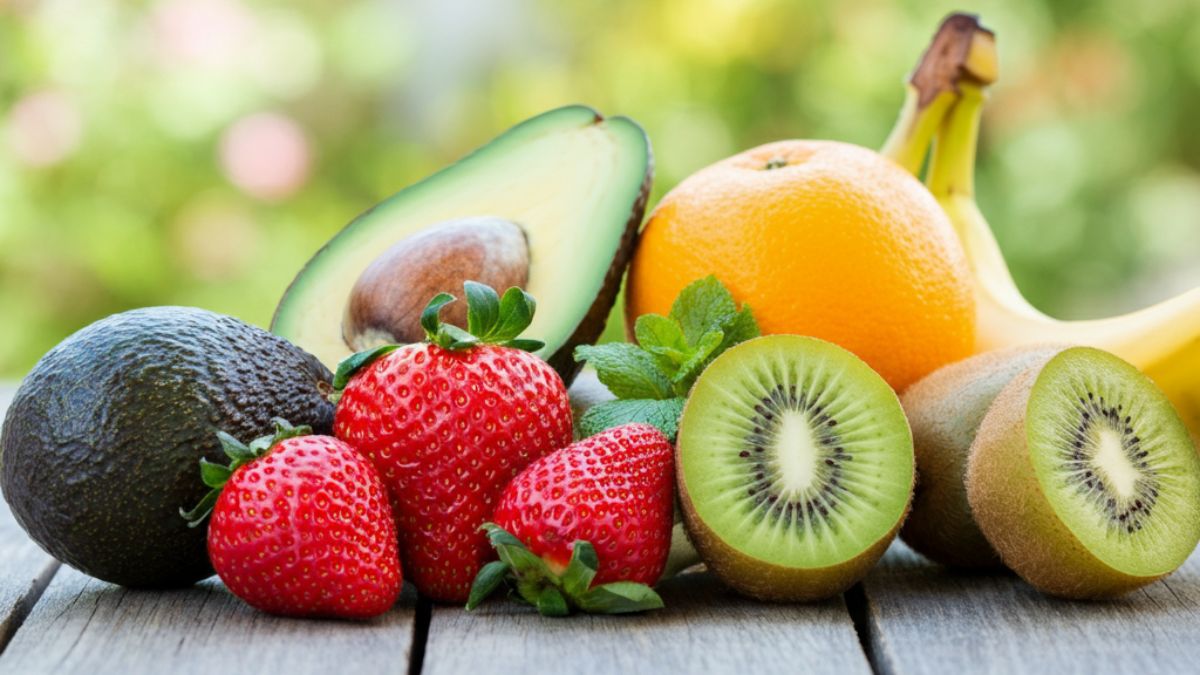Imagine a world where food is not just consumed but celebrated, cherished, and reused. This vision isn’t as far-fetched as it may seem; it’s rooted in the concept of a key food circular. As we grapple with increasing waste and environmental challenges, understanding food circulars becomes essential. They hold the potential to reshape our relationship with what we eat and how we handle leftovers.
From farm to table, every step can contribute to a more sustainable future if approached correctly. The ripple effects of adopting a key food circular extend beyond individual households—they touch communities, industries, and even global sustainability efforts. Ready to dive deeper? Let’s explore what makes this concept so crucial for our planet and our plates alike!
What is a Food Circular and How Does it Impact Our Environment?
A food circular is a model that promotes the sustainable use of resources throughout the entire food supply chain. It encourages practices that minimize waste and maximize efficiency, transforming how we think about food production and consumption.
In this approach, every stage—from farming to processing—focuses on reusing materials and reducing environmental impact. For instance, leftover produce can be composted or turned into bioenergy rather than ending up in landfills.
By shifting towards a key food circular system, we can drastically cut down greenhouse gas emissions associated with decomposing waste. This not only helps mitigate climate change but also conserves precious resources like water and soil.
As more companies adopt these principles, they set off a chain reaction that inspires communities to rethink their own practices. Individuals become more mindful consumers while businesses find innovative ways to thrive sustainably.
The Connection Between Food Waste and Food Circulars
Food waste is an alarming issue that plagues our society. It’s estimated that about one-third of all food produced globally ends up in landfills. This not only wastes resources but also contributes to greenhouse gas emissions.
Enter key food circulars, which aim to close the loop on food production and consumption. These initiatives focus on reducing waste by promoting recycling and repurposing at every stage of the supply chain.
For example, unsold fruits and vegetables can be transformed into delicious soups or snacks instead of being tossed out. By creating a more sustainable approach, food circulars reduce pressure on landfills.
They foster collaboration among businesses, farms, and consumers alike. When everyone plays a part in minimizing waste through innovative practices, we can shift toward a more sustainable future for our planet’s resources.
Innovative Solutions: How Companies are Embracing Food Circulars
Companies are stepping up to embrace food circulars in remarkable ways. Many are redesigning their supply chains to minimize waste, turning by-products into valuable resources.
For instance, some firms now repurpose imperfect fruits and vegetables that would typically go unsold. These items find new life as snacks or juices, reducing waste while satisfying consumer demand for healthy options.
Tech innovation plays a crucial role too. Apps that connect restaurants with local charities ensure surplus food reaches those in need, fostering community ties and promoting sustainability.
Additionally, businesses are adopting composting initiatives to create nutrient-rich soil from organic waste. This not only enriches local ecosystems but also reduces landfill contributions significantly.
From partnerships with farmers to sustainable packaging solutions, the commitment to food circularity is reshaping industry norms. Each step taken paves the way toward a more responsible and eco-friendly future in food production.
The Benefits of Implementing a Food Circular in Your Community
Implementing a key food circular in your community can bring about remarkable changes. It fosters collaboration among local producers, consumers, and businesses. This interconnectedness helps reduce waste and creates a more sustainable food ecosystem.
Communities benefit from enhanced food security as surplus products are redirected to those in need. This not only supports vulnerable populations but also minimizes the environmental impact of wasted resources.
Moreover, educational opportunities arise when residents engage with local farms and businesses. Workshops or events centered around food sustainability can empower individuals to make informed choices.
Economic growth is another advantage. By keeping resources within the community, local economies strengthen through job creation and increased revenue for small enterprises.
These initiatives promote healthier lifestyles by encouraging people to consume fresh produce while supporting their neighbors.
Exploring the Global Impact of Food Circulars on Sustainability
Food circulars are transforming the sustainability landscape across the globe. Countries are adopting these initiatives to minimize waste and enhance resource efficiency.
From Europe’s advanced composting programs to Asia’s innovative urban farming techniques, food circulars foster local economies while contributing to environmental health. They encourage communities to rethink their food systems.
These practices not only reduce landfill use but also lower carbon footprints. By redistributing surplus produce, businesses can decrease food insecurity.
Moreover, integrating technology into these systems offers real-time data analytics for better decision-making. This enhances transparency and accountability within supply chains.
As nations collaborate on sustainable goals, shared knowledge from successful models helps others implement effective strategies. The ripple effect of embracing food circulars is undeniable; it paves the way for a more resilient world where resources are used wisely and sustainably.
From Farm to Table: How Food Circulars are Revolutionizing the Supply Chain
Food circulars are changing how we think about our food system. They promote a closed-loop model that minimizes waste and maximizes resources.
By focusing on local sourcing, farmers can ensure their produce reaches consumers quickly. This freshness enhances flavor while reducing the environmental footprint associated with long-distance transportation.
Furthermore, food circulars encourage collaboration among various stakeholders in the supply chain. Farmers, retailers, and consumers work together to create sustainable practices. This teamwork leads to innovative solutions for surplus products or byproducts.
Technology plays a crucial role too. Digital platforms connect producers directly with buyers, streamlining processes and cutting out unnecessary middlemen.
As awareness grows around sustainability, more businesses recognize the importance of adopting these principles into their operations. The shift towards food circulars is not just beneficial; it’s essential for a resilient future in agriculture and consumption.
Tips for Consumers: How You Can Support the Growth of Food
Supporting the growth of key food circulars starts with individual action. Consumers play a vital role in shaping demand and driving change within their communities.
One simple way to contribute is by reducing food waste at home. Plan your meals and use leftovers creatively. Meal prepping can help ensure you buy only what you need, minimizing excess that may end up in the trash.
Additionally, consider sourcing your groceries from local farmers’ markets or community-supported agriculture programs (CSAs). These options often prioritize sustainability and align with the principles of food circularity.
Get involved in community initiatives focused on food recovery or donation programs. Many organizations work tirelessly to redistribute surplus food rather than letting it go to waste.
Educate yourself about companies committed to implementing key food circular practices. Support brands that prioritize sustainable packaging, ethical sourcing, and transparency in their supply chains.
Share your knowledge about food circulars with friends and family. Awareness sparks conversations that can lead to collective action towards a more sustainable future for our planet’s resources. Your efforts make a difference—small changes ripple out into larger impacts over time.










